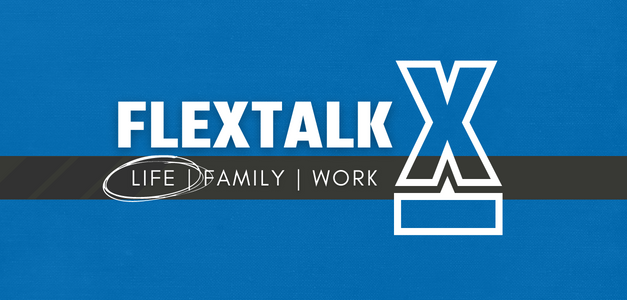Taking control of your retirement savings opens up a world of investment opportunities beyond traditional stocks and bonds. A self-directed IRA gives you the freedom to invest in real estate, precious metals, private lending, and other alternative assets. However, getting money into your account requires understanding the rules and available methods. Here’s how to fund your self-directed IRA effectively and legally.
Understand the Basics of a Self-Directed IRA
Before diving into funding strategies, you need to grasp what self-direct means in the context of retirement accounts. Self-directing gives you the power to choose your investments rather than limiting you to mutual funds and stocks offered by traditional custodians. You can invest in rental properties, tax liens, cryptocurrency, and other alternative investments. The IRS maintains the same tax advantages and contribution rules as traditional and Roth IRAs, but you gain significantly more control over your investment choices.
Know Your Contribution Limits and Rules
The IRS sets annual contribution limits that apply to all your IRA accounts combined. You can contribute up to $7,000 annually, or $8,000 if you’re 50 or older. These limits include contributions to traditional IRAs, Roth IRAs, and self-directed versions. You must have earned income equal to or greater than your contribution amount, and specific income thresholds may limit or eliminate your ability to contribute to certain account types.
Fund Through Rollovers from Existing Retirement Accounts
Rolling over funds from existing 401(k), 403(b), or traditional IRA accounts represents one of the most common funding methods. Direct rollovers move money from your old custodian directly to your self-directed IRA custodian without triggering taxes or penalties. You can complete one rollover per 12-month period from each retirement account you own. This method allows you to move substantial amounts quickly, giving you immediate purchasing power for alternative investments.
Make Direct Contributions
Direct contributions offer the most straightforward funding approach. You can write checks, transfer funds electronically, or set up automatic monthly contributions from your bank account. Many investors prefer this method because it creates consistent funding throughout the year and helps them maximize their annual contribution limits without large lump-sum payments.
Transfer Funds from Other Investment Accounts
Account transfers differ from rollovers because they move money between similar account types at different custodians. You can transfer funds from a traditional IRA at one company to a self-directed traditional IRA at another company. Transfers don’t count toward rollover limitations and don’t create taxable events. This method works particularly well when you want to move part of your retirement savings to alternative investments while keeping some funds in traditional investments.
Avoid These Common Funding Mistakes
Several funding errors can create costly penalties or disqualify your account. Never attempt an indirect rollover unless you fully understand the 60-day rule and its potential tax consequences. Don’t exceed annual contribution limits across all your IRA accounts. Avoid contributing non-cash assets directly to your account, as this constitutes a prohibited transaction. Never use personal funds to pay investment expenses after contributing money to your account.
Seek Professional Guidance
Working with experienced self-directed IRA custodians and tax professionals helps you navigate complex rules and funding strategies. These experts can explain funding options specific to your situation and help you avoid costly mistakes that could jeopardize your account’s tax-advantaged status.
Successfully funding your self-directed IRA sets the foundation for building wealth through alternative investments. Start by evaluating your current retirement accounts and choosing the funding method that aligns with your investment timeline and goals.
- What are some common funding methods for self-directed IRAs, and how do they align with different investment goals?
- How can alternative investments in a self-directed IRA contribute to long-term wealth building?
- What are the potential risks associated with self-directed IRA funding, and how can these be mitigated?
- How do tax advantages play a role in making self-directed IRAs an attractive option for retirement planning?
- What factors should you consider when choosing professional guidance for managing your self-directed IRA?


